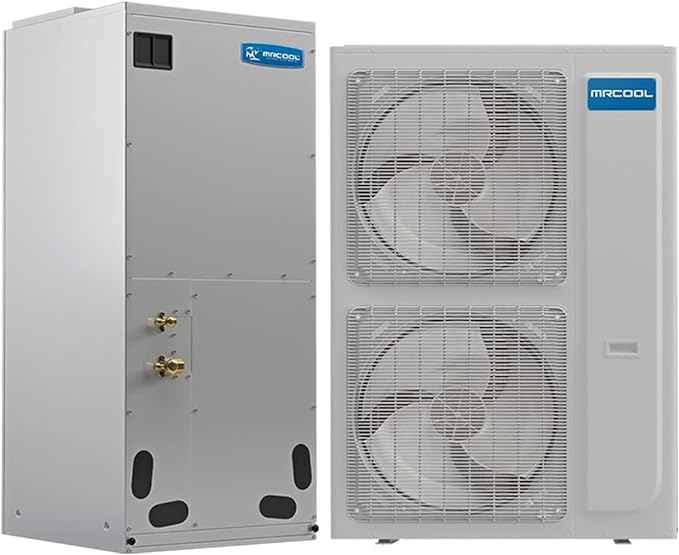Compared to independent home heating, central heating possesses three distinct characteristics:
Extended Heating Period: Generally, the heating season spans from mid-November to mid-March of the following year, lasting around 4 months and even up to 5-6 months in some regions. Prolonged high-temperature heating poses a severe test for the system’s performance.
Elevated Heating Pressure: Central heating systems feature long pipelines and extensive heating areas, requiring precise temperature control. This necessitates a system with substantial internal heating capacity to ensure continuous delivery of hot water from the heat source company to users’ homes.
Complex Heating Environment: Involving every household, the central heating system experiences constant changes in oxygen content and impurities in circulating hot water. The diverse equipment in the system and variations in water quality contribute to a complex heating environment, with water quality notably impacting the system.
Next, let’s explore the distinctions between central heating and independent home heating:
Scope of Application:
- Independent home heating applies to any building with clean energy conditions, while central heating is exclusive to buildings connected to the central heating network.
Heat Source Efficiency:
- Independent home heating often utilizes clean energy, with minimal differences in combustion efficiency between small and large equipment. Central heating can effectively use various heat sources with high combustion efficiency.
Environmental Protection:
- Local emissions from independent home heating have minimal environmental impact. Centralized management of central heating sources makes it easier to handle and control emissions such as flue gas and dust.
Energy Consumption in Transmission and Distribution:
- Independent heating minimizes energy consumption due to close proximity between the heat source and heat-using parts. Central heating, with its longer distance, incurs higher energy consumption for transmission and distribution, leading to increased heat loss.
Reliability:
- Independent home heating may have scattered heat sources, but a failure in one source doesn’t affect others. Central heating, while centrally managed, faces widespread user impact in case of system failure.
Heating and Heating Costs:
- Home heating aligns with actual building heating demands, with subsidies promoting clean energy use. Central heating is generally area-based, with government-regulated pricing and subsidies to cope with arrears issues.
Operation Control:
- Home independent heating allows natural control and flexible operation, unlike central heating, which requires numerous control devices and instruments.
Metering and Charging:
- Independent home heating inherently solves metering and charging issues, whereas central heating requires additional meters, leading to potential charging difficulties.
Cost Difference:
- Central heating, due to the large heat source and network construction costs, often charges based on heating area, making the initial installation cost relatively high.
Lastly, let’s explore various heating methods:
Wall-Hung Boiler: A dual-purpose boiler burning natural gas for heating and domestic hot water.
Whole-Room Domestic Hot Water: Provides hot water for various spaces, including the kitchen, bathroom, and balcony.
Sub-Catch: Distributes hot water from a wall-hung boiler to individual rooms through pipelines, enabling independent control for enhanced energy efficiency.
Radiators: Wall-mounted heaters that radiate heat.
Floor Heating: Utilizes pipes beneath the floor to radiate heat.
Back Basket Radiator: A specialized radiator often used in bathrooms, designed for hanging towels.

